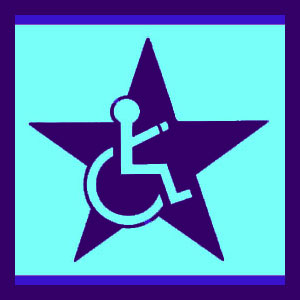
A complete spinal cord injury is defined as an objective and total loss of neurological functionality below the damaged vertebral level. The patient will be unable to move or feel anatomical structures and will be stricken with paralysis from the injury downwards.
In some cases, total spinal cord injury can also affect autonomic processes and therefore may threaten life itself. Of all cord injuries, this is the most severe and typically creates permanent physical disability in affected patients. The lower the level of trauma endured, the better, since high level injuries will affect virtually the entire anatomy, mid level injuries will affect half the body and low level spinal cord injuries will only affect the lower body.
This discussion provides explanations of complete spinal cord trauma and its dire consequences on form and functionality.
Complete Spinal Cord Injury Facts
Completely paralyzed patients have no neurological signals traveling to the affected bodily regions. The higher the level of spinal cord damage, the more areas of the body will be paralyzed. Typically, complete injuries to the spinal cord in the thoracic, lumbar or sacral regions will result in a paraplegic condition. Paraplegia is characterized by the loss of feeling and movement in the legs and possibly in the lower torso.
Complete cervical injuries are more serious and can create a quadriplegic condition. Quadriplegia, also called tetraplegia, describes a total loss of motor and sensory function in all 4 limbs and all or part of the torso.
Statistically, complete cord damage is unlikely to respond to rehabilitative therapy. This means that the spinal cord will not likely regenerate and functional impairment will be permanent.
Complete Cord Injury Causes
The most common reason for a person to suffer a complete spinal injury is when their spinal cord is severed. The tissue in the spinal cord is ultra-sensitive and medical science has not discovered any proven and effective method of repairing or regenerating a broken cord.
Some complete injuries to the cord are due to compression from injury, disease processes or tumorous growth. In these instances, even a complete spinal cord problem might be able to be resolved if the causative condition can be treated without further damaging the cord.
Some patients are born with congenital conditions which prevent their spinal cord from ever forming properly. This might result in a total loss of spinal nerve function or only a partial loss of nerve signal.
Spinal cord disease and infection can also permanently damage the cord, even though the structural integrity was never compromised via physical trauma.
Complete Spinal Cord Injury Therapy
There are few treatment options available to most patients suffering from complete spinal cord damage.
Stem cell research has shown promise as a future therapy modality, if it can be developed as a viable treatment option. Unfortunately, moral and religious groups are clashing with the scientific community regarding the ethical implications of using stem cells.
There are also several drugs in development with might assist some patients in regaining limited nerve signal. However, these drugs have demonstrated far better results in patients with incomplete spinal cord injuries.
For more information about potential treatment options for any type of cord damage, seek out a specialist in spinal neurology.
Back Pain > Spinal Cord Injury > Complete Spinal Cord Injury




